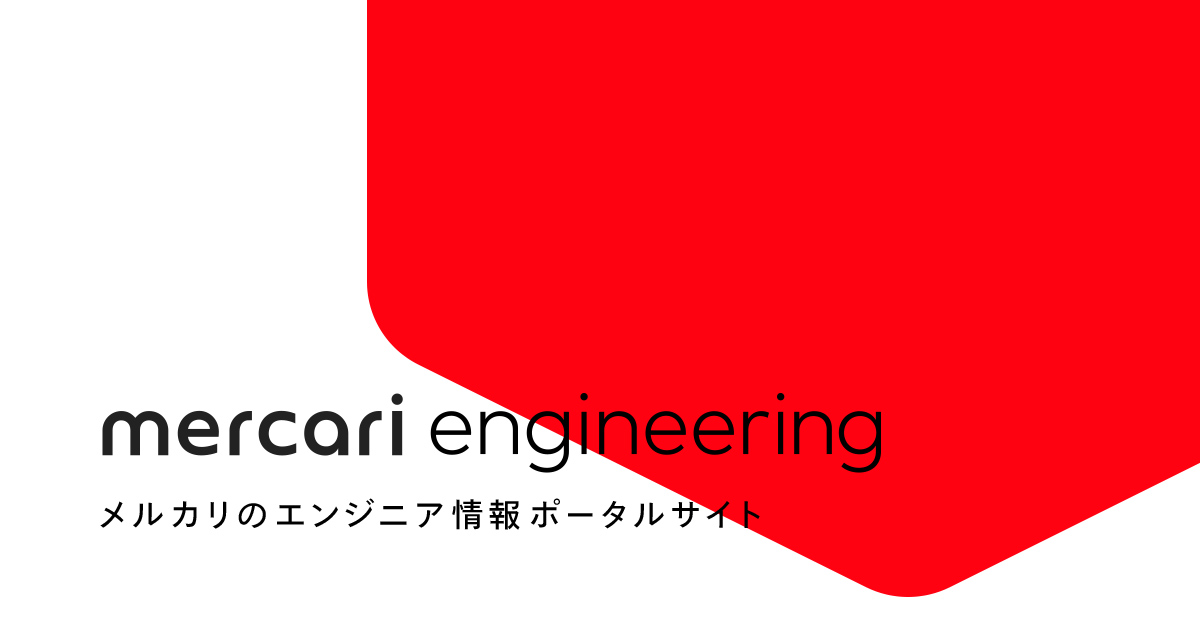Hello. I’m @uni0110 from the Merpay QA team.
In June, I attended the EuroSTAR Conference in Edinburgh, Scotland. EuroSTAR is one of the most famous QA conferences in the world. This year, over 60 tutorials, sessions, and keynotes were held over four days. It was a large conference with more than 1,000 attendees from about 350 companies.
Theme: AI on Trial
The most talked-about theme at this year’s conference was AI. In conversations with other attendees, the most common question was, "How are you using AI in your company?" and discussions were lively.
At that time, the Merpay QA team was using AI for automation and trying out various tools for other processes. So, I was most excited about the topics related to AI.
More than half of all sessions were AI-related. Even though the content differed, every session strongly emphasized "caution against AI misuse and uncertainty, rather than the efficiency and convenience AI brings." I experienced this firsthand in the first day’s tutorial, and I’d like to share it briefly.
Test by Human vs. by AI

In the first day’s tutorial, both humans and AI tested the same thing. The human testers found hidden bugs in the system, but the AI-created and executed test cases couldn’t find any bugs.
This difference comes from the critical thinking that only humans can do. When people create test cases, they first understand the specifications. If they have questions like "What changes were made?" or "What happens in specific cases?", they ask a tutor and solve them. Through this process, they remove unnecessary cases and add necessary ones to complete the test cases.
However, AI tools, no matter which one was used, just created test cases based on the given instructions and couldn’t create test cases that found bugs.
This made me realize that to be an excellent QA engineer, strong communication skills based on critical thinking is needed.
AI from a QA Perspective
Besides this tutorial, many sessions said we need to be very careful when using AI due to followed weakness;
- Privacy & Security
- Bias
- Hallucination
- Misuse by inexperienced people
- Excessive automation
From the sharings so far, it might seem like the whole conference was in a negative tone for AI. However, every session assumed that AI is a helpful tool for work, so there was no anti-AI feeling.

The reason for repeatedly giving warnings is because our role is QA. Unlike other engineering roles, QA is responsible for finding problems and risks. Therefore, if we don’t treat AI with strict caution, quality could suffer.
Conclusion
I attended the conference expecting to learn best practices for AI, but in the end, I came away with challenges like "Am I a good QA engineer?" and "What can I do more to be a better QA engineer?". I’ve also been thinking about my value as a QA engineer that AI can’t replace.
However, by talking to various QA engineers from different places, I realized that everyone has the same worries, and it was very motivating.
Especially about AI, I felt again that we should use it by remembering that it’s just a useful tool, not a silver bullet.





